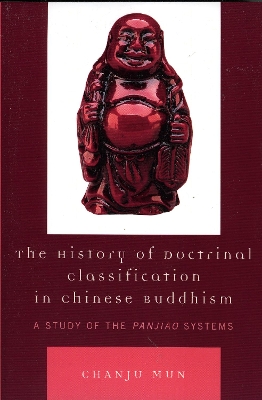This book examines the schemes for the classification of Buddhist texts and doctrines from their beginnings in the fifth century to Fazang (643-712). The panjiao schemes were among the methods Chinese Buddhist thinkers ordered and systematized the diversity of Buddhist thought. The schema appeared soon after the massive and comprehensive translations by Kumarajiva (334-412) and ended, for all intents and purposes, with Fazang. In this book, author Chanju Mun theorizes that there are two styles of panjiao schema: sectarian and ecumenical. Modern scholarship has extensive documentation of the sectarian style of panjiao schema, but little evidence of the ecumenical style. Through citations and allusions to schema in later presentations, this work not only establishes the existence of the ecumenical style; but also suggests that an interactive relationship exists between the two styles in the development and use of the panjiao schema. It is this interaction that is essential to our understanding of the history of doctrinal classification in Chinese Buddhism.
- ISBN10 0761833528
- ISBN13 9780761833529
- Publish Date 12 February 2006
- Publish Status Active
- Publish Country US
- Imprint University Press of America
- Format Paperback
- Pages 496
- Language English
